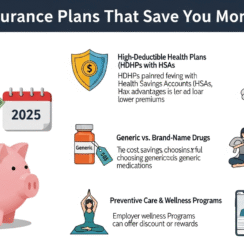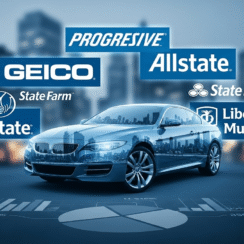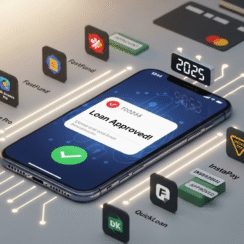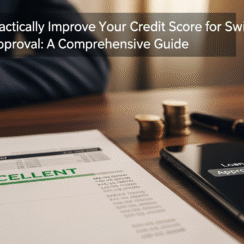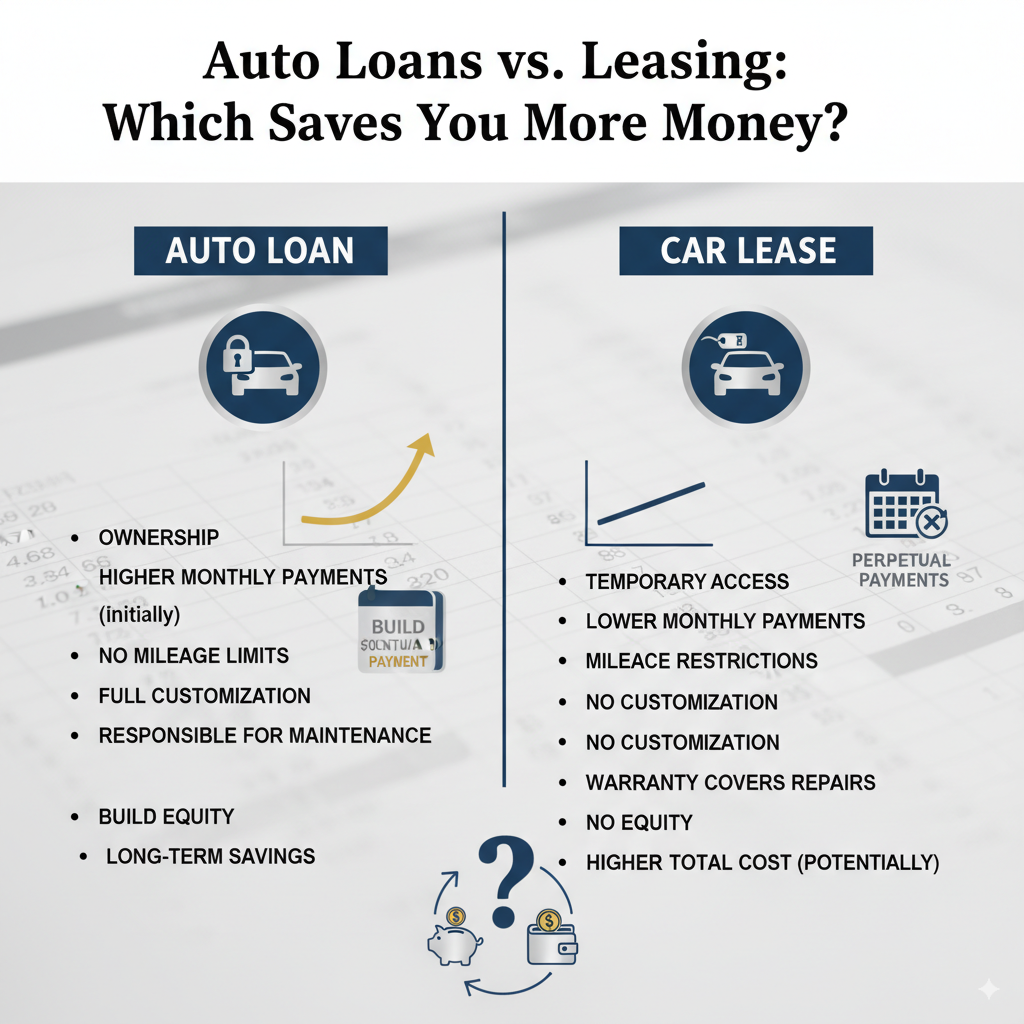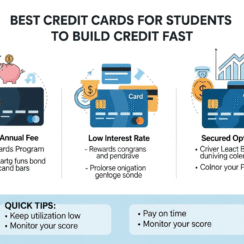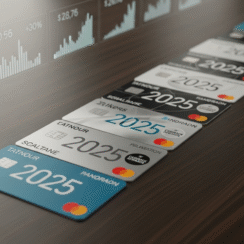Youtubelabs
September 9, 2025
Life Insurance vs Term Insurance: Few financial decisions carry the weight and long-term impact of choosing the right life insurance policy. It’s a critical safety net, designed to protect your loved ones from financial hardship should the unthinkable occur. Yet, for many, the journey into the …
Youtubelabs
September 9, 2025
Best Insurance Companies for Car Owners in the United States: For millions of Americans, a car is more than just transportation; it's a lifeline to work,...
Youtubelabs
September 9, 2025
Best Credit Cards: The dream of exploring ancient ruins, lounging on pristine beaches, or experiencing vibrant cultures often comes with a hefty price tag
Youtubelabs
September 4, 2025
Top 10 Credit Cards : Unlock your spending power! Our definitive 2025 guide ranks the top 10 cashback credit cards, featuring in-depth analysis,..
Youtubelabs
September 4, 2025
Bad credit doesn't have to mean no loan. This definitive guide reveals the proven strategies, alternative lenders, and inside secrets to secure a business loan
Youtubelabs
August 30, 2025
Mesothelioma, a rare and aggressive cancer caused by asbestos exposure, devastates individuals and their families. If you or a loved
Youtubelabs
August 30, 2025
Mesothelioma, a rare and aggressive cancer caused by asbestos exposure, presents a unique set of challenges for its victims. Unlike more common cancers, a mesothelioma diagnosis often opens the door to complex legal battles, necessitating a very specific kind of legal representation. This isn’t a job …
Youtubelabs
August 30, 2025
Finding the Right Mesothelioma Lawyer: A diagnosis of mesothelioma is life-altering, bringing with it a whirlwind of emotions, medical appointments
Youtubelabs
August 25, 2025
Concrete Vibrator: In the world of concrete, strength and beauty are born from density. A perfectly finished slab, a flawless foundation wall, or a set of crisp
Youtubelabs
August 25, 2025
Pouring Concrete Steps: There is something profoundly satisfying about solid, well-crafted concrete steps. They represent permanence, stability
Youtubelabs
August 25, 2025
Pouring Concrete Footings, the Foundation of Any Strong Structure: Every great structure, from a humble garden shed to a towering skyscraper

